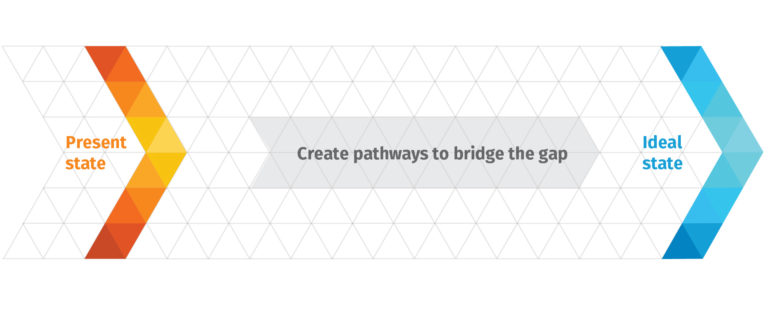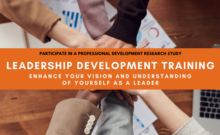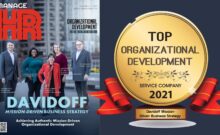Starting your strategic plan on the back of a napkin.
One day, 14 years ago, in a cafe in New York City, John Davidoff sat across from a corporate executive. John listened to the problems his client was having at his company, and began jotting down notes on his dinner napkin. While the two continued their conversation over coffee, this napkin became the foundation for his client’s strategic plan.
Just a typical meal with John Davidoff.
During their dinner, John led his client through a key process in Davidoff’s Mission-Driven methodology called Ideal State Action Planning (ISAP). Davidoff strategists are trained to lead collaborative teams of executives, boards of directors, staff, and other stakeholders in the ISAP process to:
1. Assess the present state of a project, brand or organization
2. Articulate the ideal state
3. Identify organizational barriers and limitations to reach your ideal state, which may involve recognizing threats to growth and developing clear, strategic priorities and pathways to move from the present to the ideal state
 In our strategic planning work, Davidoff strategists lead clients through the ISAP process. Additionally, we engage external stakeholders so we have a well-rounded view of your organization. The result is a strategy that is both vision-oriented and serves as an operational roadmap for you to use to direct resources, programming, marketing, and staffing. A Mission-Driven Strategy re-aligns your organization and your culture towards growth and greatest impact.
In our strategic planning work, Davidoff strategists lead clients through the ISAP process. Additionally, we engage external stakeholders so we have a well-rounded view of your organization. The result is a strategy that is both vision-oriented and serves as an operational roadmap for you to use to direct resources, programming, marketing, and staffing. A Mission-Driven Strategy re-aligns your organization and your culture towards growth and greatest impact.
Ideal State Action Planning on a napkin is only a starting point.
CREATE YOUR OWN MINI-IDEAL STATE ACTION PLANNING PROCESS
The process described here is a “light” version of Ideal State Action Planning (ISAP), a methodology Davidoff strategists use to facilitate informative and productive assessments of strategic challenges client organizations face. Think of an ISAP as an operational roadmap that poses powerful questions and leverages vision to move your organization towards its potential.
Draw three columns. Label the column on the left Present State. The middle section, Pathways. The right column Ideal State.
Select your focus point — an area of your organization or team you want to change for the better.

Step 1: What is the Present State?
On the left side column, identify the current situation. What is actually happening in your organization/team/department? Stick with the facts. Data captured may include statements like:
- Revenue is trending down 5% year-over-year.
- Staff turnover is increasing.
- Clients are raising quality control issues.
Step 2: What is Your Ideal State?
On the right column, write your ideal vision of the situation. That might include answering questions such as:
- What outcomes are being generated?
- What is the customer experience?
- How do team members work together?
It is important your Ideal State is aligned with your mission. How will this new way of being or operating fulfill your organization’s “why”? Improving process or increasing effectiveness is not enough. Your organization has a better chance excelling with a defined purpose and future outcome; stretching beyond comfort, disrupting self-complacency and launching the organization towards its growth and potential.
Step 3: What are the Pathways to Move from Present to the Ideal State?
Now name the pathways to move from the Present to the Ideal State. Ask yourself what is needed to create the change you described. Is it more information, a new system, or better training? If your board is disengaged, do you have insight into their experiences? Do they feel aligned with your mission? If your customers are not being heard, do you need a new customer service feedback system? Identify and describe the pathways you will put into place to create the Ideal State.
Now What?
Applying Ideal State Action Planning to develop a Mission-Driven Strategy takes longer than a dinner date. It requires organizations’ commitment to fully understand the present state of a situation. And to develop a no-holds-barred an ideal state — thinking beyond what leadership, board, and staff previously thought possible. Armed with this vision, the organization can craft a responsive and actionable strategy.
At Davidoff, we have a vast toolbox of approaches to move your organization and your leadership to the next level. To learn more, contact Jacki Davidoff.




